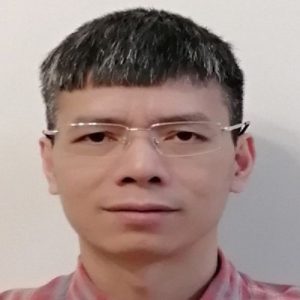Keynotes

Marie Duží
Title: Hyperintensions as Structured Procedures
Transparent Intensional Logic (TIL) is a higher-order, hyperintensional, typed -calculus with a procedural semantics. The terms of the ideography of TIL denote procedures producing mappings rather than the mappings themselves. Mappings are semantically secondary, while the procedures are semantically primary. Procedures are sui generis objects of the ontology of TIL. I first introduce six kinds of TIL procedures. There are two kinds of atomic procedures that supply objects to operate on by molecular procedures, namely Trivialization and variables, and two basic kinds of molecular procedures, (-)Closure and Composition. Closure is the procedure of producing a functional mapping by abstracting over the values of -bound variables. Composition is the procedure of applying a function to its arguments. There is a pair of dual procedures operating on lower-order procedures, namely Trivialisation (0C) and Double Execution (2C). While 0C displays the procedure C as an object to operate on, 2C cancels the displaying effect, as 2C produces what is produced (if anything) by the procedure produced by C. It means that while in 0C the procedure C occurs hyperintensionally rather than in the execution mode, in 2C it occurs extensionally.
Bio:
Born 1948 in Ostrava, Czech Republic. In 1971, she graduated in mathematics from Masaryk University of Brno, and in 1982, obtained here the degree RNDr. Until the velvet revolution, she worked as a programmer and analyst in various software companies in then Czechoslovakia. After the revolution, she became an assistant professor in Charles University of Prague, teaching logic and foundations of computer science. Since 2001 till now, in VSB-Technical University of Ostrava, where she habilitated and finally in 2016 obtained the degree of professor of computer science. Published more than hundred papers indexed in WoS and Scopus and two books (with co-authors Bjorn Jespersen and Pavel Materna), mostly dealing with Transparent Intensional Logic (TIL).

Linh Anh Nguyen
Title: Bisimulation between fuzzy structures
Bisimulation is a concept in computer science and mathematical logic used to define the notion of equivalence between systems. It has been widely studied for various kinds of graph-based structures, such as Kripke models, labeled transition systems, automata, social networks and interpretations in description logics. It can be exploited for minimizing a system and for the classification and clustering problems. To deal with vagueness and impreciseness, fuzzy graph-based structures are used instead of crisp ones. There are two kinds of bisimulation, crisp and fuzzy, between fuzzy graph-based structures. While crisp bisimulations characterize indiscernibility of states, actors or individuals, fuzzy bisimulations characterize similarity between them. The talk presents an overview of results on logical characterizations and computation of bisimulations between uzzy structures.
Bio:
Bio: Linh Anh Nguyen received the M.Sc., Ph.D., and Habilitation degrees in computer science from the University of Warsaw, Poland, in 1997, 2000, and 2009, respectively. He is currently an Associate Professor with the Institute of Informatics, University of Warsaw, Poland, and the Faculty of Information Technology, Nguyen Tat Thanh University, Vietnam. His current research interests include simulations and bisimulations for fuzzy systems, automated reasoning and rule-based languages in modal/description logics.

